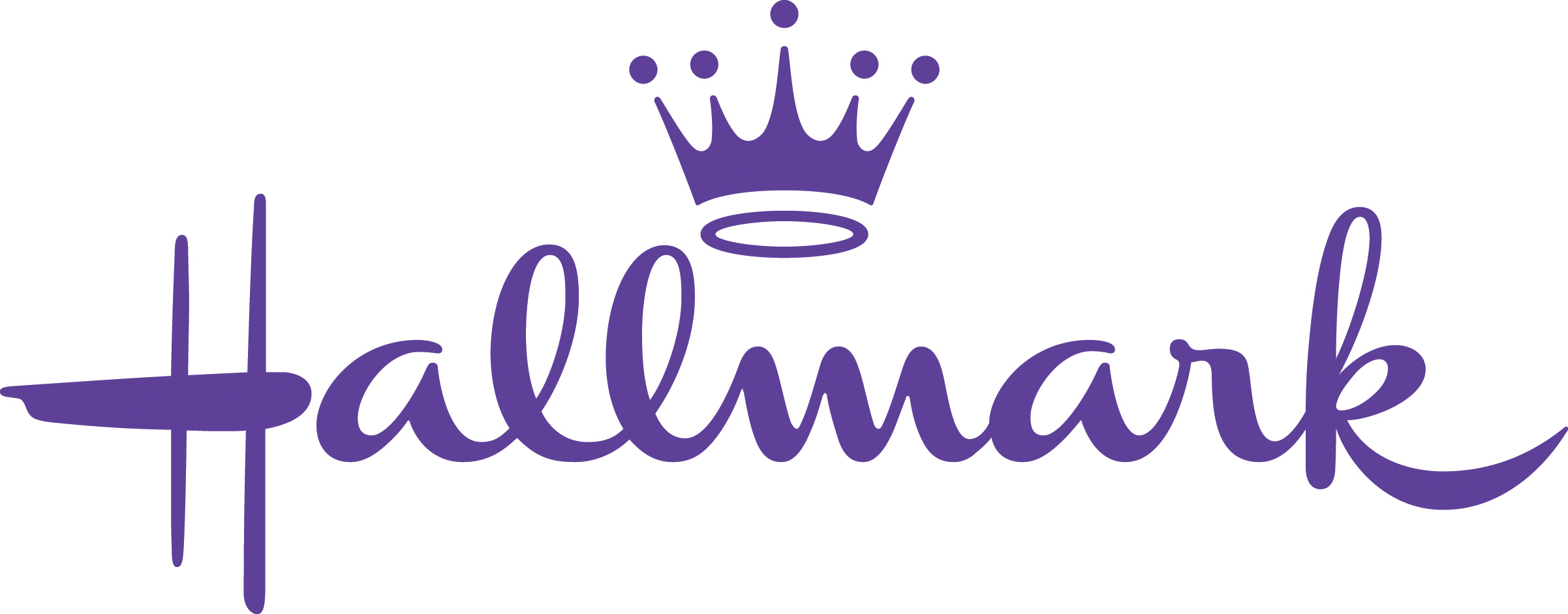Hallmark Is Converting Gift Wrap Into Energy

In 2017, Hallmark Greetings celebrated the 100th anniversary of gift wrap by telling the story of how the Hall Brothers invented the product in 1917.
During the Christmas season, the Leavenworth team hosted national TV crews from NBC’s "Today Show," ABC’s "Made in America," and Hallmark Channel’s "Home & Family." That meant plenty of bright lights and cameras at the Leavenworth Production Center, where gift wrap is manufactured for North America and the United Kingdom.
“It was fun to see our employees taking pride in the work they do and how they produce our gift wrap,” said Steve Eck, production center manager.
The Leavenworth Production Center produces 700 million feet of Hallmark gift wrap each year. That’s enough to wrap around the earth five times, and Leavenworth employees make every effort to minimize the environmental impact on our home planet.
For more than six years, Leaven- worth has achieved “zero waste to landfill” status, which means that less than 5 percent of waste goes to the landfill. All paper, packaging, labeling and other waste materials from the gift wrap manufacturing process are either recycled or converted into energy.
“Any paper waste is either sent to mixed-paper recycling or to our waste-to-energy partner, a local cement company,” said Mike Robert, senior environmental health and safety administrator. “They are able to burn waste materials for energy as a substitute for coal.”
The zero-waste program may not always grab the spotlight, but employees take pride in making a difference for the environment.
“They help perform audits to see where we can continue to improve, and they help train new people on our expectations for sorting materials and zero waste,” said Robert. “It’s the right thing to do for resource conservation. We give landfill-bound materials a chance to create energy and keep more coal in the ground.”
Download and read more from our full 2017 Caring In Action Report here.

